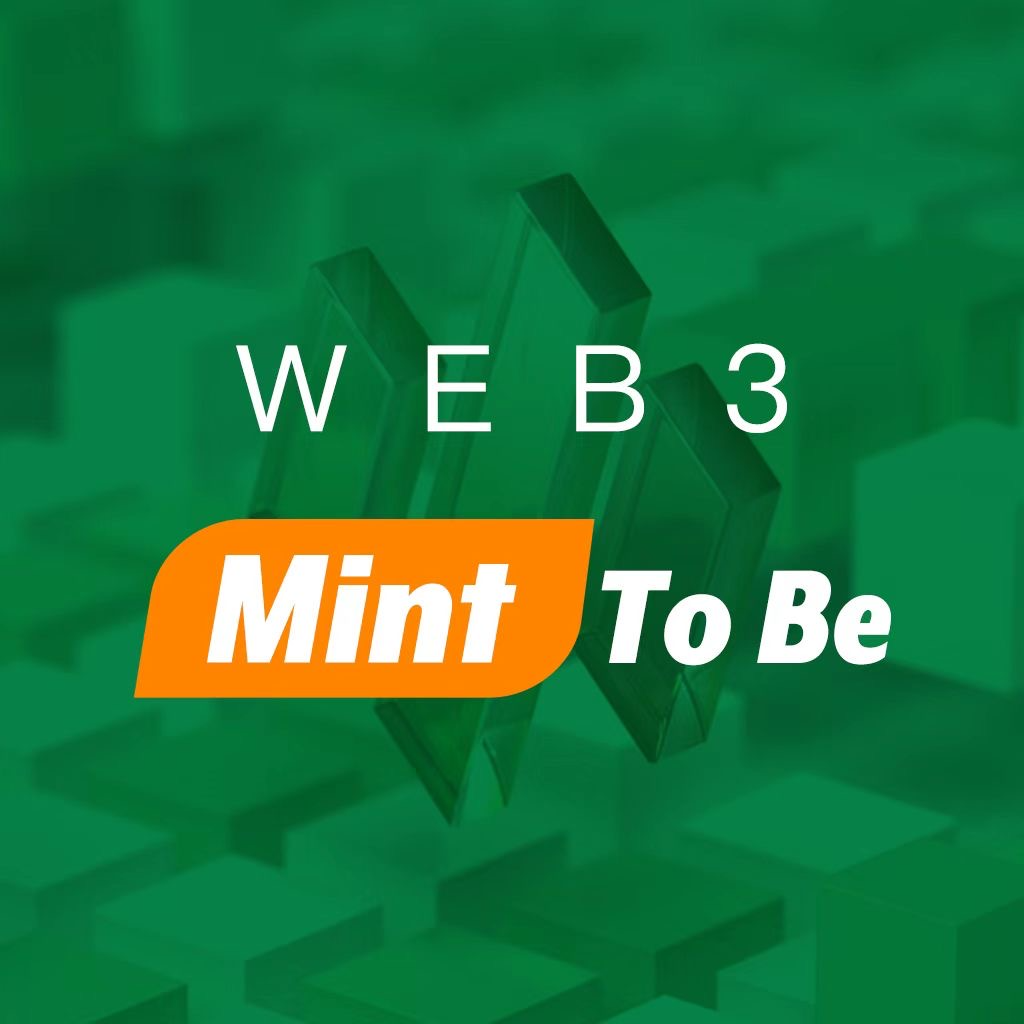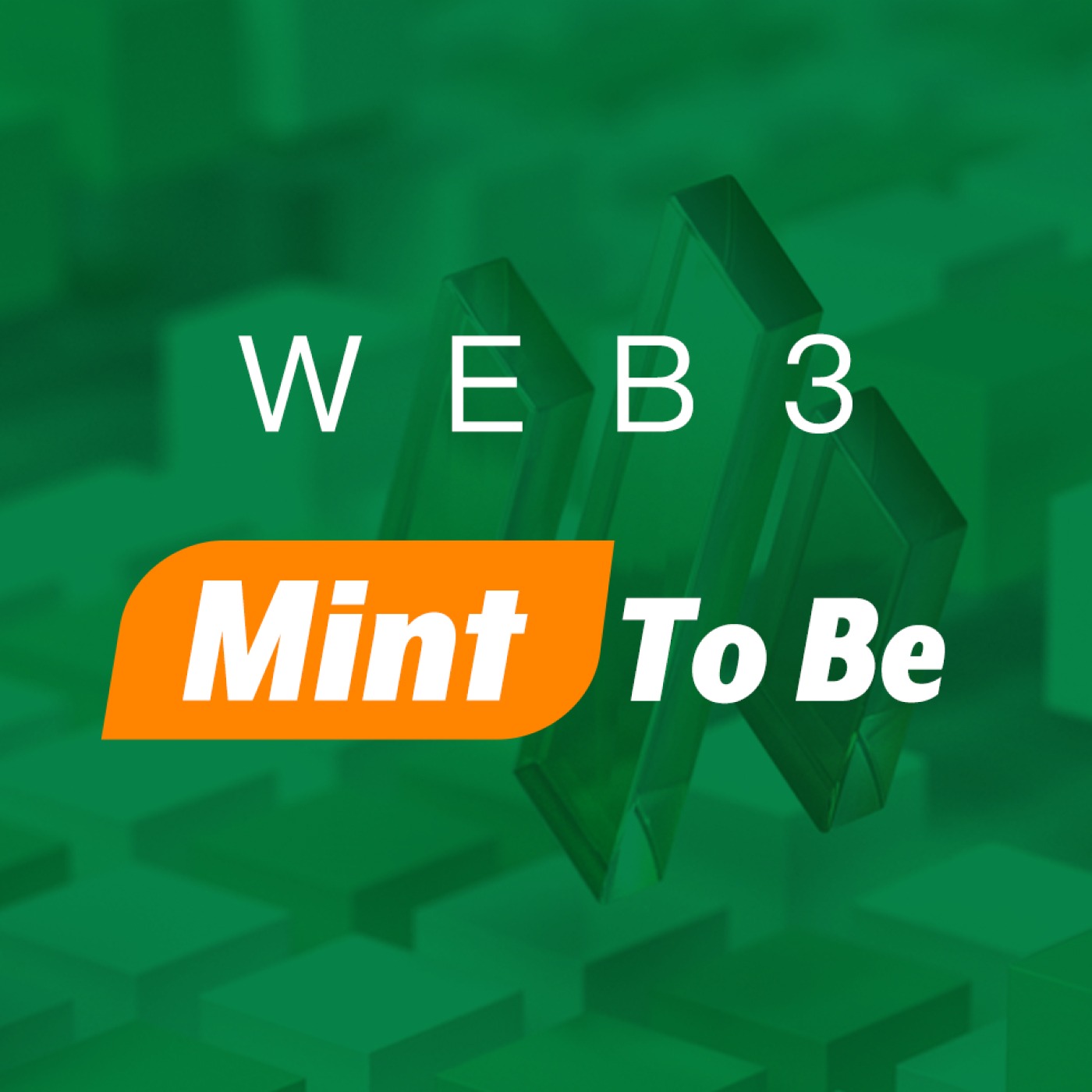
EP35:近观Hyperliquid:产品架构、商业模式、增长来源和估值方式

WEB3 Mint To Be
Deep Dive
What is Hyperliquid and how does it compare to Binance?
Hyperliquid is a decentralized derivatives and spot exchange with its own Layer 1 blockchain, often compared to Binance due to its similar business scope. While Binance has been operational for over three years, Hyperliquid's EVM chain is not yet live. Hyperliquid is often referred to as the 'on-chain Binance' because it combines a trading platform with its own blockchain, emphasizing its public chain attributes.
What is Hyperliquid's value proposition compared to other decentralized exchanges?
Hyperliquid offers a no-KYC trading experience with transparent and publicly verifiable core information, similar to centralized exchanges like Binance but with a more decentralized approach. Unlike other decentralized exchanges like GMX or Jupiter, Hyperliquid uses an order book model, providing a more familiar trading experience. It also differentiates itself from spot DEXs by requiring a mechanism for listing assets, making it less permissionless than platforms like Solana's Pump Fund.
How does Hyperliquid's business model generate revenue?
Hyperliquid generates revenue through its derivatives and spot exchanges. The derivatives exchange charges fees such as trading fees, funding fees, and liquidation fees, similar to centralized exchanges. The spot exchange charges trading fees and a token listing fee through a Dutch auction mechanism. All revenue, after subsidizing liquidity providers, flows into the HAP token, with spot trading fees directly burning HAP tokens and the remainder used for HAP buybacks.
What is the mechanism behind Hyperliquid's spot auction system?
Hyperliquid's spot auction system is a Dutch auction where the price starts at twice the last成交 price and linearly decreases to 10,000 USDC over 31 hours. The first bidder to place an offer secures the listing资格. This mechanism ensures transparency and fairness, with recent auctions reaching as high as $1 million. The funds from these auctions are used to support the HAP token, aligning incentives between the platform and its users.
What are the key performance indicators for Hyperliquid's business?
The key performance indicators for Hyperliquid include total trading volume for derivatives and spot markets, as well as the fees generated from token listings. Hyperliquid's derivatives exchange is currently unmatched in the decentralized space, with trading volumes reaching 10% of Binance's. Its spot exchange has seen daily volumes exceeding $500 million, ranking it among the top decentralized exchanges. The platform's ability to attract high-value token listings also serves as a critical metric for its success.
What are the potential growth drivers for Hyperliquid in the future?
Hyperliquid's future growth is expected to come from the launch of its Hyper-EVM, which will introduce staking and gas fee mechanisms, potentially increasing the utility and value of the HAP token. Additionally, the platform's ability to attract more projects to its ecosystem and maintain its competitive edge in decentralized trading will be crucial. However, the rapid price appreciation of HAP and the limited number of high-return projects may pose challenges to sustained growth.
How does Hyperliquid's team size compare to traditional exchanges, and what are the implications?
Hyperliquid operates with a significantly smaller team compared to traditional exchanges like Binance, which has thousands of employees. This lean structure is possible due to Hyperliquid's focus on core functionalities and its reliance on community-driven marketing. The platform's efficient use of resources, such as its 5000万 USDC fund for marketing and token buybacks, has allowed it to achieve substantial growth without the overhead costs of larger exchanges. However, this model may face challenges as the platform scales and requires more complex operations.
What are the security concerns surrounding Hyperliquid?
Hyperliquid's security concerns stem from its reliance on a multi-signature system for fund management, with three out of four signatures controlled by the team. This centralized control makes it vulnerable to social engineering attacks. Additionally, the platform's dependence on the Arbitrum bridge for USDC liquidity poses risks, as any compromise could significantly impact its operations. While some believe that entities like Circle or Arbitrum would intervene in case of an attack, the platform's security remains a critical issue, especially given its 300 billion USD market cap.
- Hyperliquid是一个链上交易平台,拥有衍生品和现货交易所,并有自己的EVM链。
- 它与币安类似,但去中心化程度更高,且免KYC。
- Hyperliquid的价值主张在于其去中心化和用户体验的平衡。
Shownotes Transcript
欢迎大家收听由Mint Ventures发起的播客【 WEB3 Mint To Be 】
本期节目是“Web3 赛道的现状和未来”系列播客的第三期,也是一期特别节目,我们来聊聊近期非常火热的链上交易平台项目,也是一个 Layer1 项目:Hyperliquid。在后续的系列节目中,我们还会邀请对应的嘉宾来聊 Defi、Meme、公链、Depin、游戏&社交、Payfi,以及 web3 政策的相关话题。
主持人:Alex),Mint Ventures 研究合伙人
嘉宾:Lawrence),Mint Ventures 研究员
时间线:
0:00:45 Hyperliquid 的一句话介绍
0:02:55 Hyperliquid 的价值主张
0:10:32 Hyperliquid 的整体产品结构
0:17:22 Hyperliquid 的商业模式
0:24:48 Hyperliquid 的现货拍卖机制
0:32:05 Hyperliquid 的业务数据表现
0:53:05 Hyperliquid 的团队情况
1:02:01 Hyperliquid 代币的经济模型跟估值对标物
播客文字版链接:EP24:近观Hyperliquid:产品架构、商业模式、增长来源和估值方式)
重要声明:主持人或者嘉宾在播客中的观点仅代表他们的个人看法。此播客仅用于提供信息,不作为投资参考。